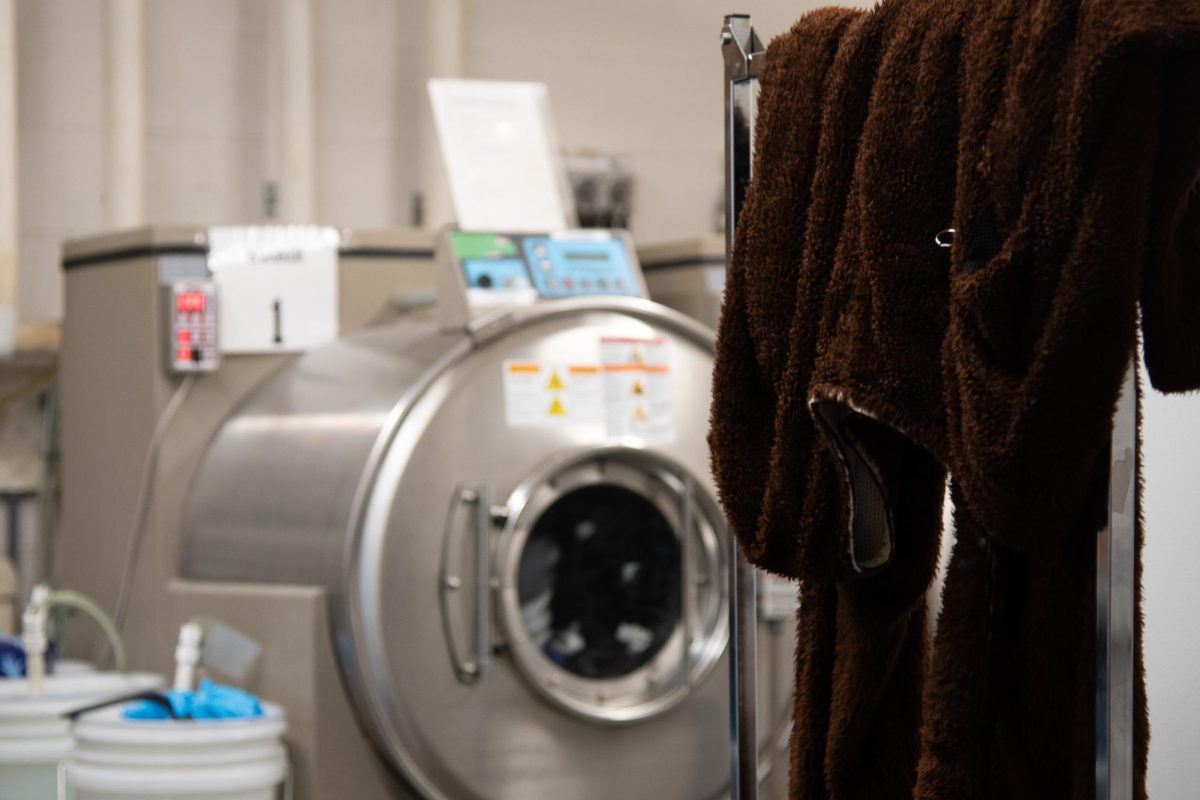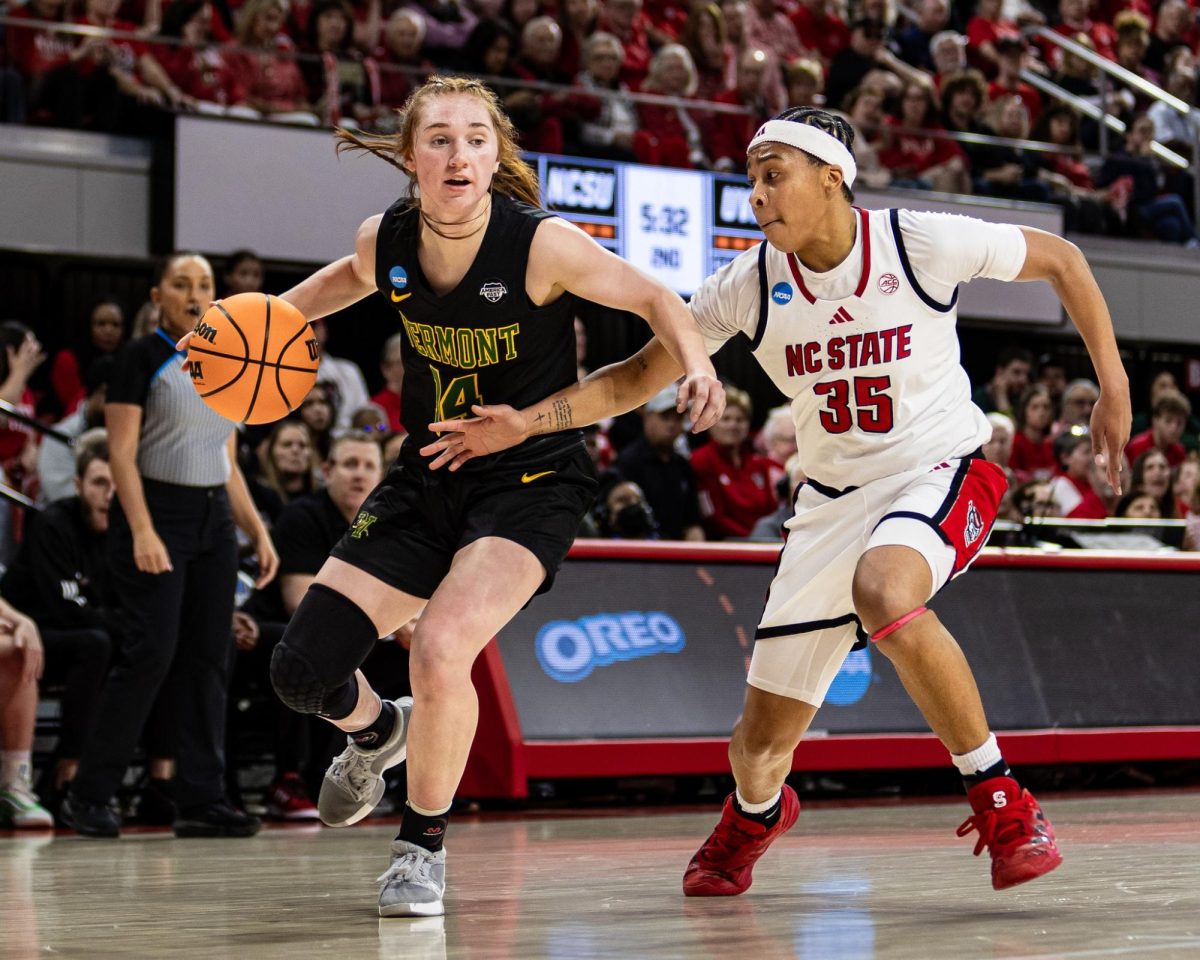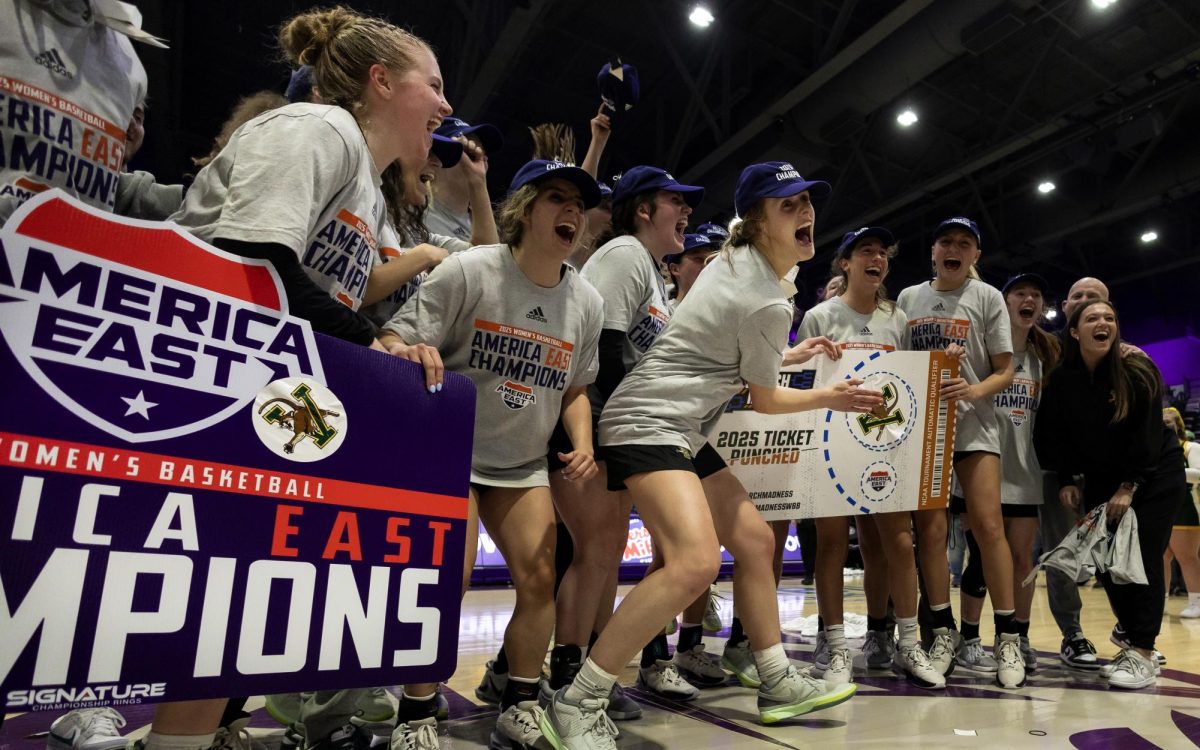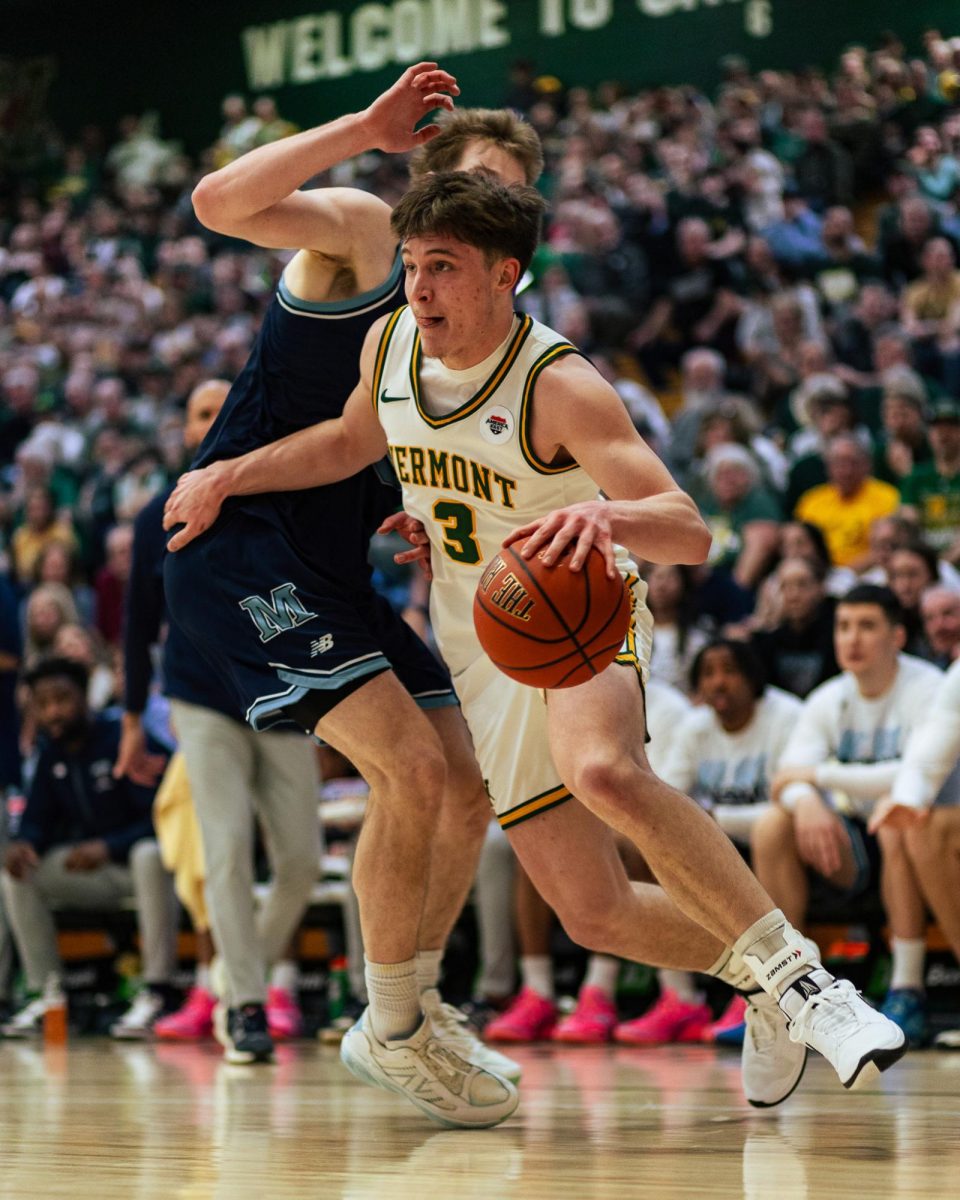A few years after Tyler Sullivan, ‘07, graduated from UVM’s school of business, he had a problem.
In 2011, he competed in long-drive competitions in his home state of Massachusetts, but was held back because his drivers kept breaking.
Long-drive competitions in golf are like home run derbies in baseball where a player tries to hit the ball as far as possible.
Through a partnership with UVM’s engineering department, Sullivan makes custom clubs.
“I became obsessed with golf equipment, specifically golf drivers,” Sullivan said.
Then, he decided enough was enough.
Sullivan started his own business with all the excitement and fear that entails.
“I started building clubs in a shop I made in the downstairs of my apartment in South Burlington,” Sullivan said.
Upon his first sale, Sullivan said he had an epiphany.
He was just custom building clubs then, but at the suggestion of an old roommate, Sullivan decided to reach out to UVM for design help.
“I was like, there’s no way they’re going to want to help me. I was one of the worst students there,” Sullivan said.
However, Sullivan’s project was taken on as part of the engineering school’s capstone design projects, also known as the Senior Experience in Engineering Design.
It was around this time Sullivan’s business was named: Bombtech.
The name embodies the goal of the club, which, Sullivan said, is to “bomb it deep,” paired with University technology.
The goal was to create a new driver head that would be usable by the average golfer, meaning the sweet spot is large, but still capable of distance.
“[The students] came up with three designs and picked the one they thought was best. It was more aerodynamic, and they did the patent searches,” Sullivan said. “I really took a risk and said ‘well, let’s make one.’ It cost me a lot of money, but it was the best risk I ever took in my life.”
The model, which would later become Bombtech’s most popular product, is known as the Grenade.
There are two distinct differences between the Grenade and the average golf driver.
It has dual cavities on the sole of the club to help reduce drag by 48 percent.
The head is welded from a two-piece plasma instead of using a traditional four-piece technique.
Sullivan said it helps to improve accuracy.
“What made our group successful was we each had our own strengths that helped us do well in the design of the driver,” said Ryan Corey, part of the driver design team.
Corey mainly used the computer software to help design the 3D model of the club.
The Grenade performed and sold so well that Sullivan continued his partnership with the UVM engineering community.
In 2013 and 2014, four students worked on a Bombtech putter design and last year a group designed Bombtech wedges.
This is the fourth installment of their partnership, but this time they are working on a product that Sullivan declined to disclose.
The clubs need to be United States Golf Association legal and UVM professor John Novotny, who helped oversee the driver projects development, said their success relied on “focusing on the needs of the golfer and how to fit into a competitive market.”
Current graduate student Corey Tillson was a member of the putter design team and remembers the design challenges.
“The hardest aspect of the design was probably picking a design that met all our cost and performance requirements,” Tillson said.
Sullivan attributes Bombtech’s success to his superior product and his ability to market on social media.
Chi Chi Rodriguez, the first Puerto Rican to be inducted into the World Golf Hall of Fame, uses clubs made by Bombtech, Sullivan said.
“The bigger it gets, the more stress it’s going to bring,” Sullivan said. “It’s a fun time and a scary time.”
For further information on Bombtech, visit bombtechgolf.com.







